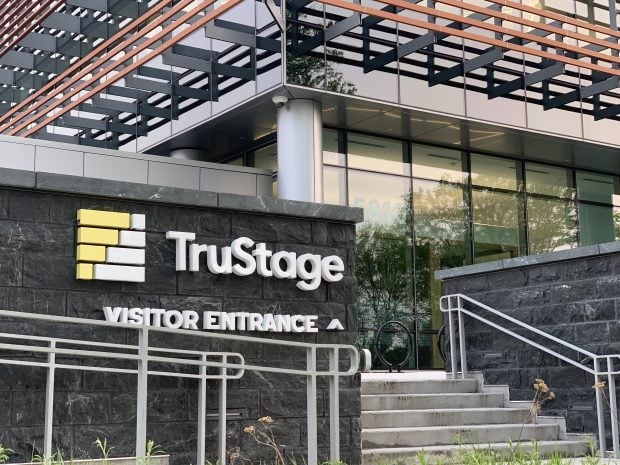The Wisconsin Bankers Association argued that most of the state's credit unions are not near their respective member business lending caps.
For that reason, the trade group continues to be skeptical about the need to raise the 12.25% of assets MBL threshold. A House subcommittee held a hearing on MBL legislation on Wednesday.
“Currently, nine credit unions in Wisconsin are exempted from the member business lending cap. The majority of the other credit unions are nowhere near the lending cap,” said WBA President/CEO Rose Oswald Poels. “And, if they were close to the cap, they could simply petition state regulators and likely would receive a waiver.”
Citing “public data,” Poels said the following Wisconsin credit unions' MBL caps are greater than the 12.25%: $1.2 billion Royal CU (35.66%), $295 million Westby Co-operative CU (28.48%), $171 million Heartland CU (25.85%), $110 million Community CU in La Crosse (22.48%), $192 million Superior Choice CU (19.06%), $728 million Westconsin CU (18.99%), $907 million Covantage CU (17.47%), $795 million Fox Communities CU (13.86%), and $52 million Tomah Area CU (13.06%).
“If credit unions would like to have the discussion about exchanging their tax status for increased business lending privileges, we will be the first one at the table,” Poels said.
The Wisconsin Credit Union League recently criticized banks that have used the Treasury Department's Small Business Lending Fund claiming the financial institutions are actually using it to pay off debt from the Troubled Assets Relief Program rather than aid small businesses.
Banks claim that paying off higher-interest obligations frees up capital for business lending, but that ignores the shell game by which Main Street citizens are footing the bill, and average citizens who own or are employed by small businesses won't be the ones who benefit,” said Brett Thompson, WCUL president/CEO.
Poels said critics of the fund are not aware that the depository bank portion of TARP is now making a profit for taxpayers. Citing Treasury data, she said since a $245 billion investment in the Capitol Purchase Program portion of TARP was made in 2008, $256 billion has been collected through repayments and dividends.
“The U.S. government chose to use CPP as an investment in depository banks to stabilize credit markets and inject liquidity to stimulate lending and economic activity. That investment did exactly what it was supposed to and has made a profit for the taxpayer,” Poels said.
© 2025 ALM Global, LLC, All Rights Reserved. Request academic re-use from www.copyright.com. All other uses, submit a request to [email protected]. For more information visit Asset & Logo Licensing.







